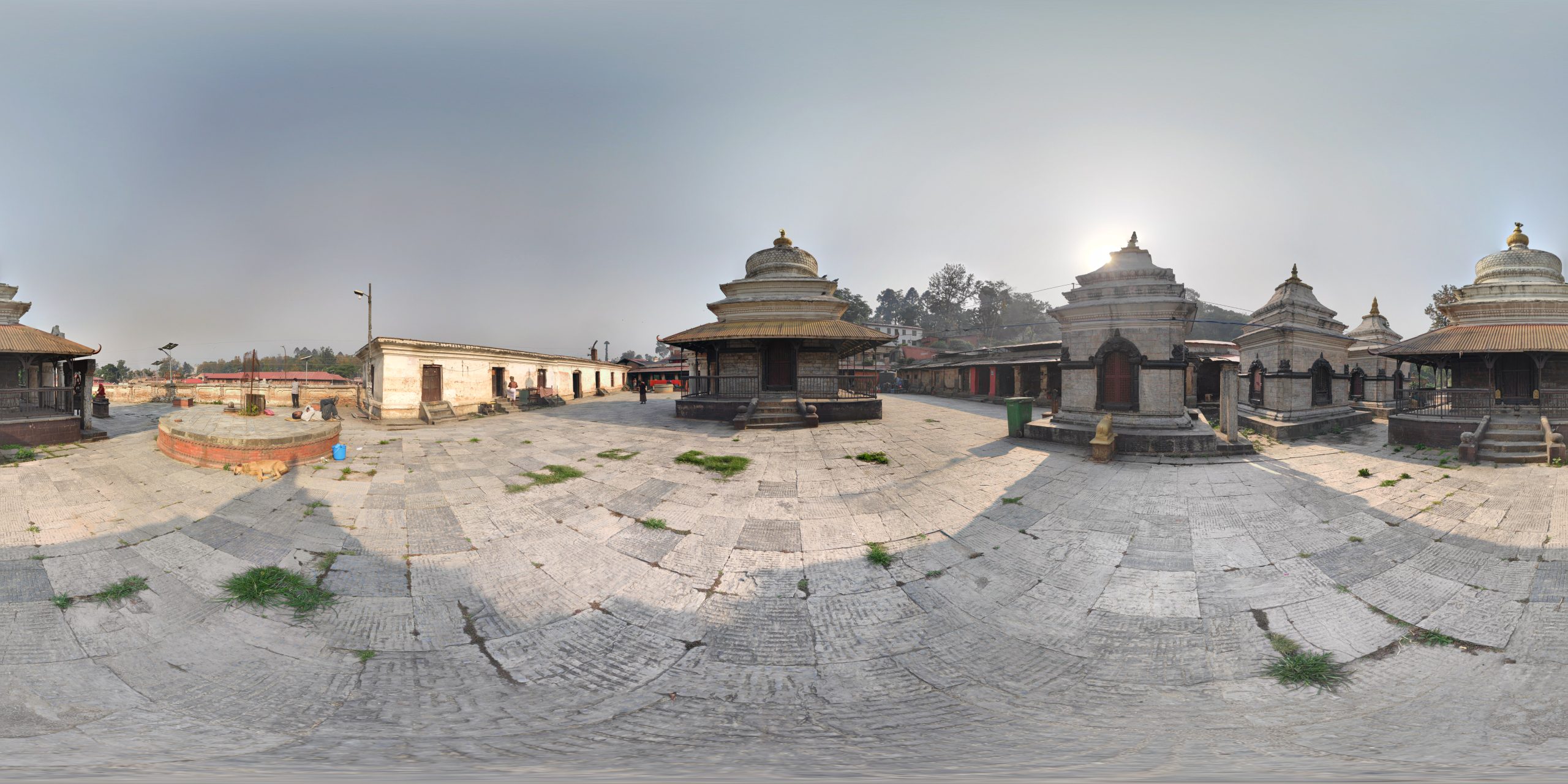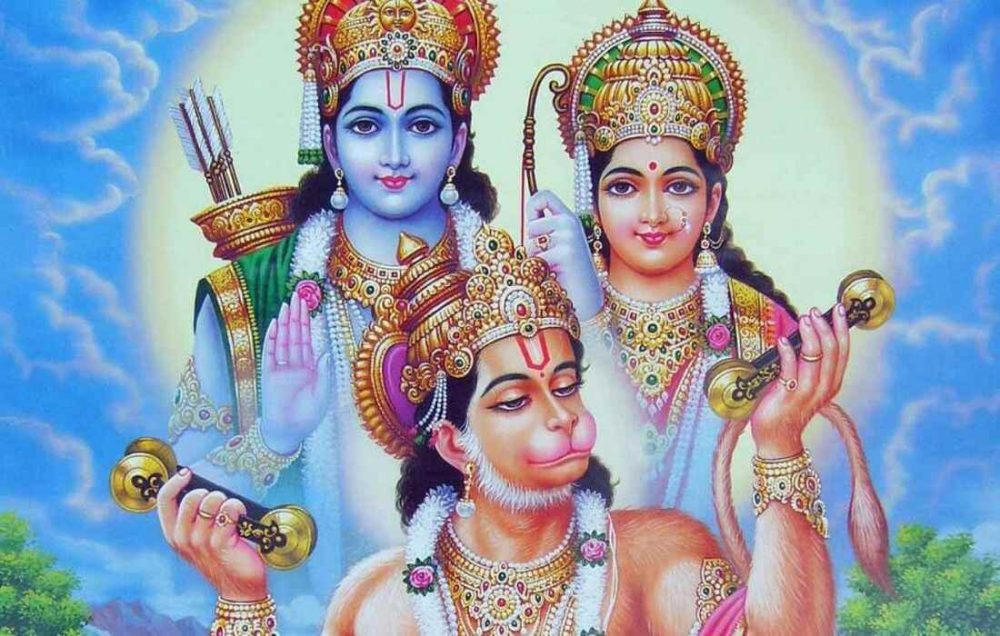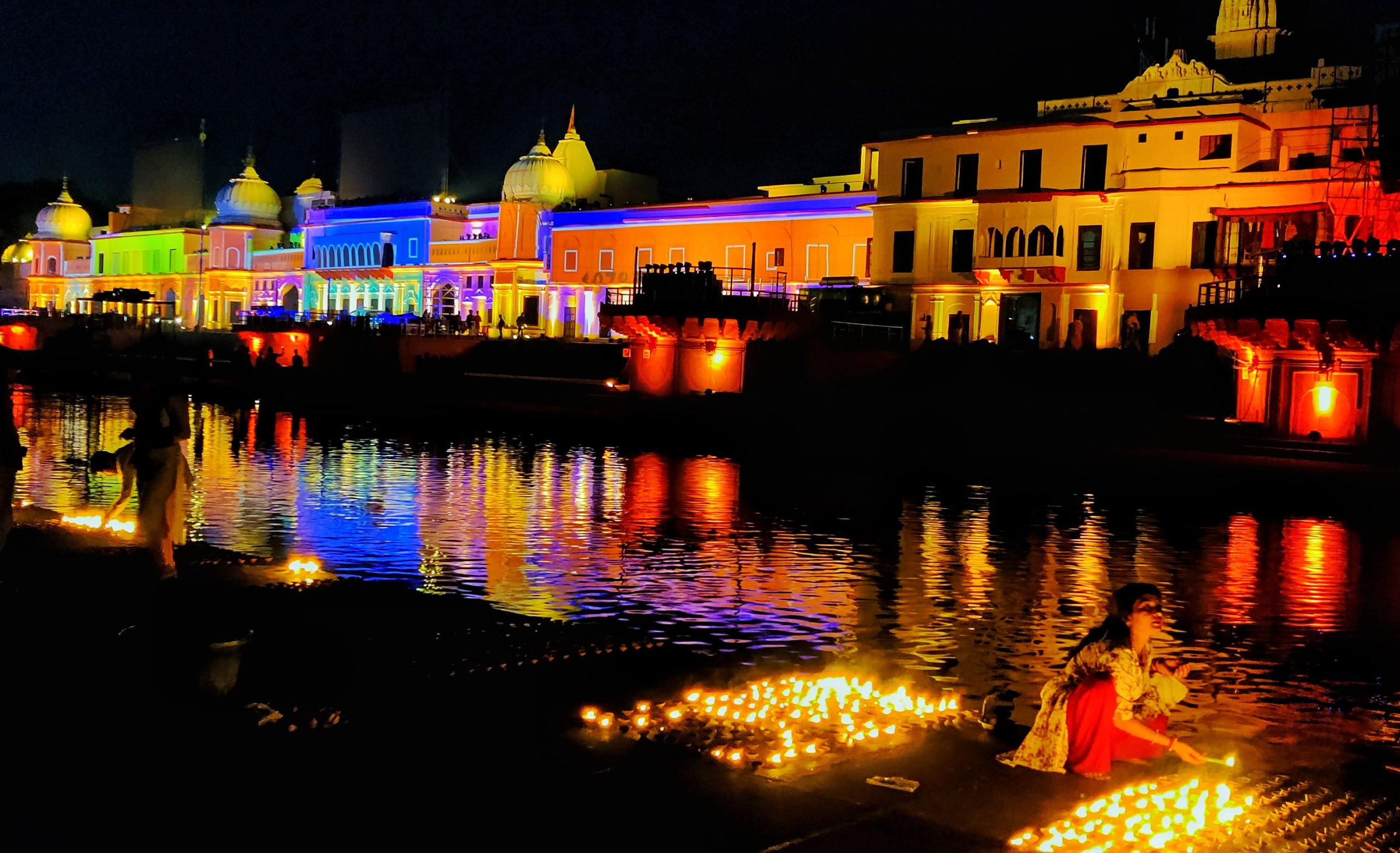
Ram Mandir is a Hindu temple now under construction in Ayodhya, Uttar Pradesh, India, near
the location of Ram Janmabhoomi, the reputed birthplace of Rama, Hinduism’s most important
god. The Shri Ram Janmabhoomi Teerth Kshetra is overseeing the temple’s construction.
India’s Prime Minister Narendra Modi conducted the groundbreaking ceremony on August 5,
2020. Let’s know some facts about the Ayodhya Temple.
#1. Architecture:
The Sompura family of Ahmedabad created the initial design for the Ram temple in 1988. For at
least 15 centuries, the Sompuras have been a part of the temple design of over 100 temples
across the globe, including the Somnath temple. Chandrakant Sompura is the temple’s principal
architect. His two sons, Nikhil and Ashish Sompura, who are also architects, supported him.
In 2020, the Sompuras created a new design in line with Vastu shastra and the Shilpa shastras,
with minor adjustments from the original.
#2. Height of the Temple
The temple will measure 235 feet in width, 360 feet in length, and 161 feet in height. The temple
the complex will be the world’s third-biggest Hindu shrine once completed.
#3. Structure of the Ayodhya Temple
The temple’s main building will have three floors and will be erected on an elevated platform.
The three mandapas Kudu, Nritya, and Rang, will be in the center of the garbhagriha (sanctum
sanctorum) and the entrance, with two mandapas for Kirtan and Prarthana on the opposite side.
The mandapas are to be ornamented with shikara in Nagara style. The Shikhara above the
Garbhagriha will be the tallest. The structure will feature 366 columns in total.
The columns will each include 16 idols, including Shiva’s incarnations, the Dashavataras, the
causeth yoginis, and the goddess Saraswati’s 12 incarnations. The stairwell will be 16 feet
wide. The sanctum sanctorum would be octagonal, as per literature devoted to the design of
temples dedicated to Vishnu. The temple will be erected on ten acres. The other 57 acres will
be expanded into a complex that will include a prayer hall, a lecture hall, an educational center,
and other amenities like a museum and a cafe.
#4. Symbolizes:
The Ayodhya Temple represents India’s extreme turn toward illiberal majoritarianism, which is
based on the notion of Hindu importance in the country.
#5. A Pinch of History

Ayodhya, a city in Uttar Pradesh, has long been the epicenter of political squabbles and
disputes between Hindus and Muslims. Ayodhya is considered one of the seven holy towns in
Hinduism that is claimed to be the birthplace of Lord Rama, collectively known as “Ram
Janmabhoomi.” It is said that a temple dedicated to Lord Rama originally stood at Ram
Janmabhoomi, but that it was destroyed by foreign invaders (especially Turkish and European)
in the early 16th century.
In the year 935 of the Islamic calendar, a mosque known as the “Babri Masjid,” also known as
the “Mosque of Babur,” was erected on these grounds, supposedly by Mir Baqi, at the direction
of Mughal emperor Babur. These invaders were originally pagans, but they were mistaken for
Muslims. As a result of these assumptions, the Babri Masjid-Ram Janmabhoomi conflict
erupted, igniting a fire between the two groups. The issue concerns a 2.77-acre plot of land in
the Uttar Pradesh city of Ayodhya, which contains the Babri mosque and Ram Janmabhoomi.
#6. To Be Used As A Foundation, Holy Soil From 2,587 Locations
It is stated that sacred earth was taken from a variety of religious and cultural sites in
preparation for the foundation laying. According to reports, sacred dirt was gathered from 2,587
locations throughout India for the purpose.
#7. A 2,000-foot-deep time capsule will be buried under the temple.
According to reports, a time capsule will be buried 2,000 feet under the temple construction to
preserve the temple’s history for the next thousand years. The Ram Janmabhoomi, Ayodhya,
and Lord Ram information will be inscribed on a copper plate in the capsule.
#8. Specially Inscribed ‘Shri Ram’ Bricks For The Temple
The temple will be built using special name-inscribed bricks, some of which have been waiting
for the previous 30 years. These bricks, known as Ram Shilas, were gathered by devotees
around the nation in 1989, just before the Ayodhya shilanyas. Thousands of them will be used
to lay the foundation for the temple right now.
In addition, a UP brick kiln owner who is creating a unique batch of bricks utilizing Domath soil
with Lord Ram’s name on it would give 51,000 bricks. Each brick should be roughly 3 kg in
weight.
#9. In the construction of temples, no iron or steel is used.
According to ANI, the temple would be built entirely of stones, with no iron or steel utilized in its
construction. Anu Bhai Sompura, the superintendent of the temple building workshop, also said
that no iron would be utilized in the construction, instead opting for wood, white cement, and copper.
#10. Ayodhya Temple Town To Get A $500 Million Makeover

Ayodhya’s temple village, as well as the temple itself, are due to undergo major renovations. PM
Modi is expected to unveil development projects of Rs 500 crore in Ayodhya to promote this
cause. The improvements include widening the 36.7-kilometer National Highway 30 between
Azamgarh and Bahraich through Ayodhya to four lanes, a modernized bus stop, a 200-person
police barrack, and others.
Isn’t it fascinating? What are your opinions on the Ram Mandir development in general? Let us
know in the comments section below.



